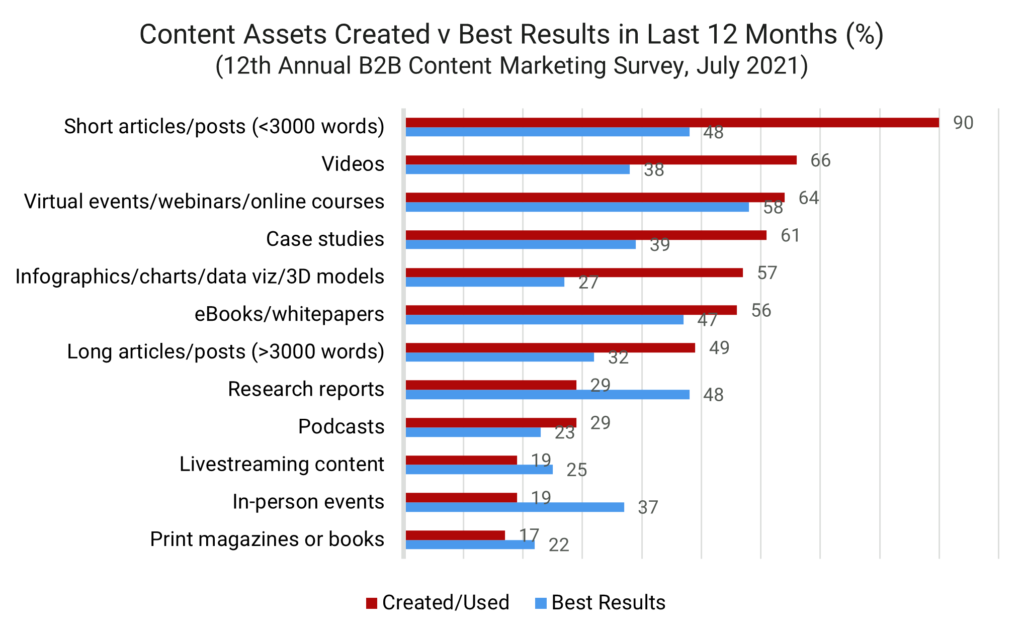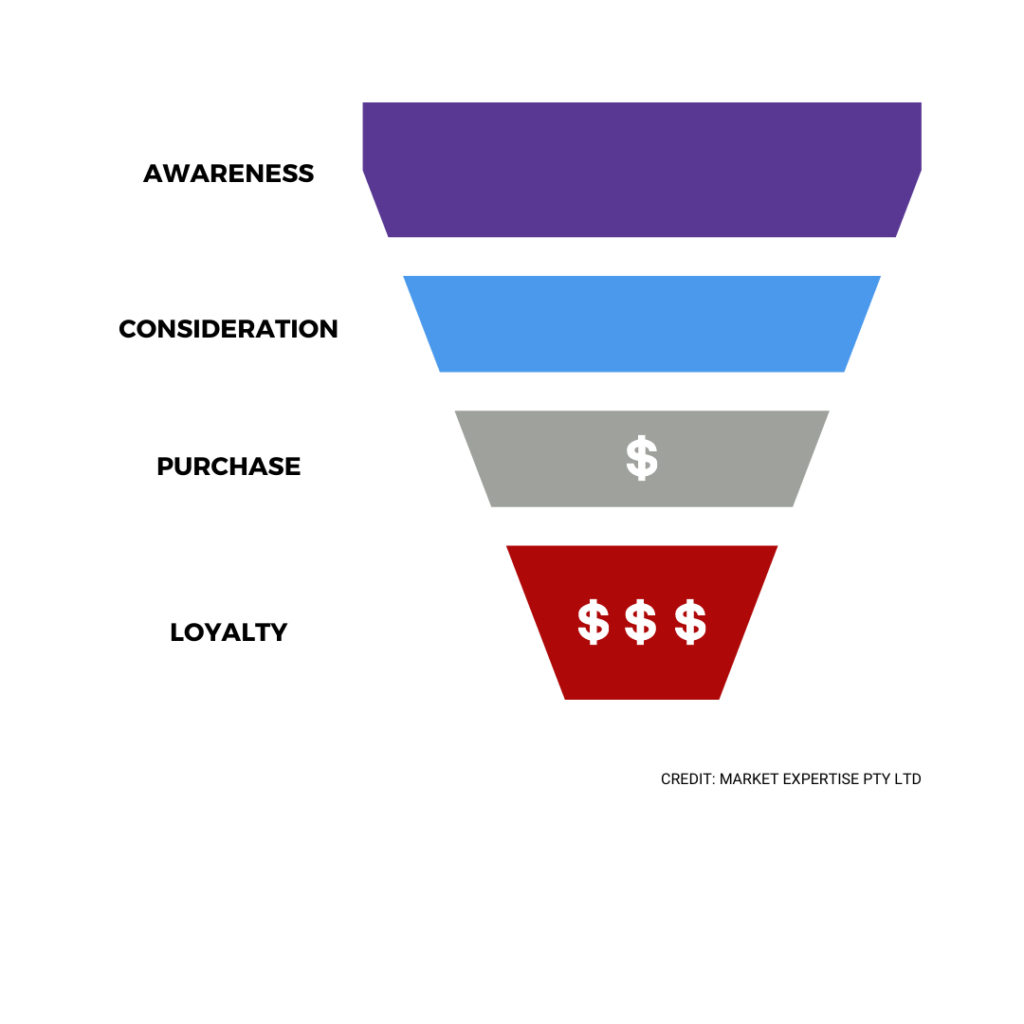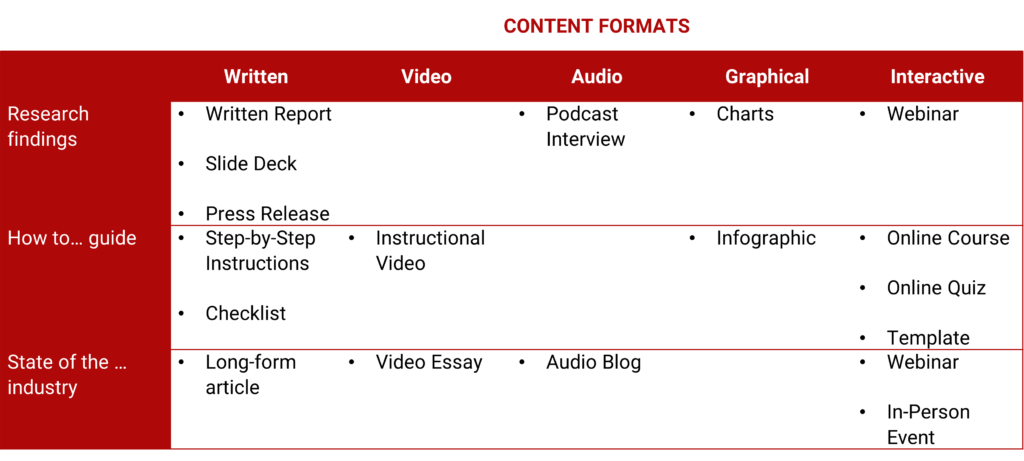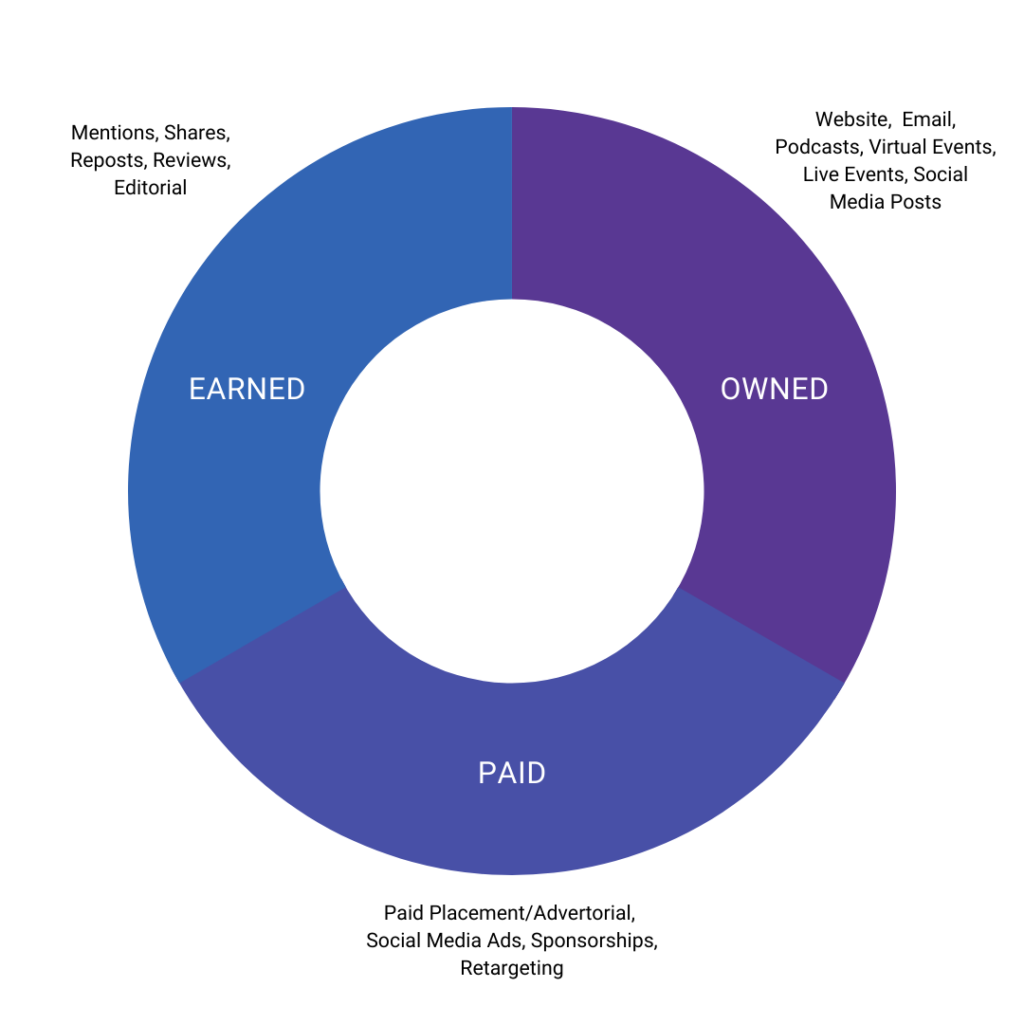The pandemic-induced, two-year moratorium on in-person events has been a blessing and a curse for content marketing.
According to the Content Marketing Institute’s 12th Annual B2B Content Marketing Benchmarks, Budgets and Trends, in 2021 most B2B marketers successfully used content marketing to create brand awareness (80%), build credibility and trust (75%), and educate audiences (70%). However, half of all respondents also stated it had become increasingly difficult to capture their audience’s attention.
In a way, content marketing has become its own worst enemy. As a strategy, content marketing is so effective that in some sectors it has almost reached saturation point.
When everybody’s talking, how can you cut through the noise?
Packaging and distribution may be the answer.
Packaging makes content valuable
In B2B services sectors, where we focus, subject matter experts are (should be) responsible for ensuring content is relevant but it’s up to marketers to make sure content is valuable.
Content can be created in written, video, visual, audio and interactive formats. Within each format, B2B marketers have many options.
The Content Marketing Institute’s research reveals what are the most used and most effective B2B content assets (see graph below).

Let’s take a look at the various formats.
Written Content
Written content is by far the most popular content format, in large part because it is relatively less expensive to produce than other formats.
Blogs (published in or on the assets you own) and articles (published by third parties) are the most common types of written content but there are many other short- and long-form options.
- Books and e-books
- White papers
- Research reports
- Newsletters
- Case studies
- Press releases.
Video Content
Video can entertain. It can inform. It can educate. It can build an emotional connection. And it can be shared.
And because video is one of the most engaging and shared forms of content, it’s also growing in popularity.
But just as there are many different motion picture genres – animated, comedy, thriller, drama, for example – so, too, are there different corporate video options.
Some videos are designed to build brand awareness; others to generate leads. Some can support a new business pitch or marketing campaign; others can help you to convert existing clients into loyal advocates.
So while video should be a part of your content marketing mix, it’s important that you be clear about your objectives, and understand your options, so that you are well-placed to produce a video which will generate results.
- Teasers
- Promotions
- Explainers
- Essays
- Case studies.
Visual Content
Visuals not only contribute to the readability of text-heavy content, they can also serve as stand alone pieces. They’re easy to share on social and can effectively and efficiently condense a lot of information or explain a technical concept.
- Infographics
- Diagrams
- Illustrations
- Graphics
- Images
- Checklists.
Audio Content
Because audio content is not disruptive – it’s ‘hands free’ so can be consumed on-the-go – it’s described as a passive form of content.
That makes it convenient, accessible, and potentially powerful.
As a format, audio is also delivers a different, more intimate, sensory experience.
According to an annual study conducted by Edison Research and Commercial Radio Australia, around 5.6 million Australians (26%) listen to podcasts on a weekly basis, up from 53% in 2020.
Little wonder so many services businesses are exploring how to incorporate voice-led options into their content marketing mix.
- Podcasts
- Audio books
- Audio blogs.
Interactive Content
Interactive content is two-way. By eliciting audience participation, interactive content can be highly engaging and immersive.
Plus, by enticing your audience to compete, compare or test, you can capture valuable data about your audience’s needs, wants and intentions.
Financial services firms have been enthusiastic adopters of interactive content. Every bank or insurance company website contains calculators (for example, to determine borrowing capacity) and tools (such as to generate an instant quote) which have utility for the user and simultaneously achieve results (generating and qualifying leads, cross-selling) for the business.
- Webinars
- In-Person Events
- Surveys and Polls
- Interactive Calculators
- Quizzes
- Mobile Apps
- Templates.
How should you package your content?
How do you select the right packaging option? There are several things to consider.
First of all, understand that this is not a ‘choose one’ scenario. Your audience is not homogenous in their information and media preferences. Plan to repurpose your first piece of content to accommodate different preferences.
Secondly, your audience’s needs and motivations will depend upon where they are in the sales funnel. After all, content marketing is ultimately about selling.
Thirdly, think about the type of information you want to communicate. What would be the best way of presenting it? Some formats better lend themselves to certain information than others.

And finally, consider the practicalities:
- Do you have budget available? Can you outsource or must you do it yourself?
- What is the timing? Is there urgency? Is the content linked to a date or event?
- and so on.
You can then select the mix of formats and content types that will best reach your target audience and achieve your goals.
To illustrate, in the Table below we propose the mix of formats and content types which might be suitable for three common pieces of content.

Distribution allows content to be found
Competition for your audience’s attention is fierce. Give careful thought to your content distribution and promotion strategy.
Ideally, your strategy should include both push (outbound) and pull (inbound) tactics, and span owned, paid and earned media.Push your content out to your audience – for example, via email, sponsorships and organic social media.
Pull your audience toward your content – for example, via social media ads, paid search and media editorial.




